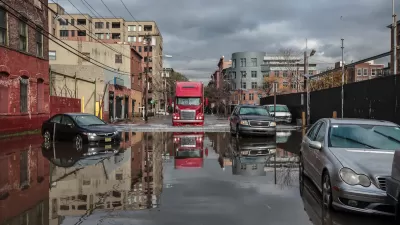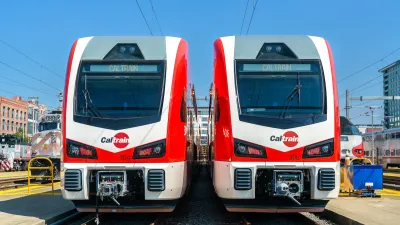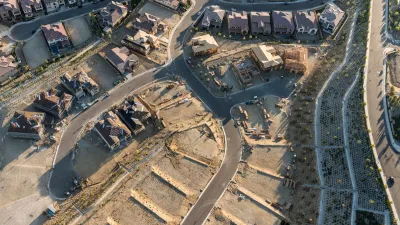Justin Gillis discusses the controversy over President Obama's and Governor Romney's decision to skirt the topic of climate change during the presidential debates.
With the presidential debates over and no explicit mention of climate change, "environmental groups - and environmentally minded voters - are aghast," says Gillis. "This campaign is the first time that has happened since 1988." The decision by the candidates to skip the issue has raised nationwide frustration and concern about the implications of their "climate silence."
"By ignoring climate change, both President Obama and Governor Romney are telling the rest of the world that they do not take it seriously, and that America cannot be expected to act with the intensity and urgency needed to avert catastrophe," said Erich Pica, president of Friends of the Earth Action. The candidates have focused a great deal on energy policy, but Gillis believes "it has essentially been a competition in who could heap the most praise on fossil fuels."
Romney has called for coal, oil and natural gas production, while Obama has pushed for green energy. Why wasn't the "c" word mentioned in any of the debates? Candy Crowley of CNN, who moderated the second debate, "felt that most voters preferred that the debate stay focused on the economy." Eugene M. Trisko, a lawyer and consultant for the United Mine Workers of America, said, "No candidate has been able to portray climate change policy as a win-win. That's because they understand that the root of climate change mitigation strategy is higher energy costs. It's an energy tax, and that's something you don't want to talk about in a debate."
In fact, "[m]any political observers are not especially surprised that climate change has gotten short shrift in this campaign," adds Gillis, "In general, environmental concerns tend to rise in the public mind in times of prosperity and sink in hard times."
FULL STORY: The Issue That Dare Not Speak Its Name

Alabama: Trump Terminates Settlements for Black Communities Harmed By Raw Sewage
Trump deemed the landmark civil rights agreement “illegal DEI and environmental justice policy.”

Study: Maui’s Plan to Convert Vacation Rentals to Long-Term Housing Could Cause Nearly $1 Billion Economic Loss
The plan would reduce visitor accommodation by 25% resulting in 1,900 jobs lost.

Why Should We Subsidize Public Transportation?
Many public transit agencies face financial stress due to rising costs, declining fare revenue, and declining subsidies. Transit advocates must provide a strong business case for increasing public transit funding.

Paris Bike Boom Leads to Steep Drop in Air Pollution
The French city’s air quality has improved dramatically in the past 20 years, coinciding with a growth in cycling.

Why Housing Costs More to Build in California Than in Texas
Hard costs like labor and materials combined with ‘soft’ costs such as permitting make building in the San Francisco Bay Area almost three times as costly as in Texas cities.

San Diego County Sees a Rise in Urban Coyotes
San Diego County experiences a rise in urban coyotes, as sightings become prevalent throughout its urban neighbourhoods and surrounding areas.
Urban Design for Planners 1: Software Tools
This six-course series explores essential urban design concepts using open source software and equips planners with the tools they need to participate fully in the urban design process.
Planning for Universal Design
Learn the tools for implementing Universal Design in planning regulations.
Smith Gee Studio
Alamo Area Metropolitan Planning Organization
City of Santa Clarita
Institute for Housing and Urban Development Studies (IHS)
City of Grandview
Harvard GSD Executive Education
Toledo-Lucas County Plan Commissions
Salt Lake City
NYU Wagner Graduate School of Public Service





























